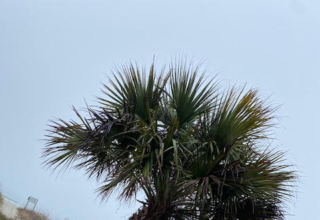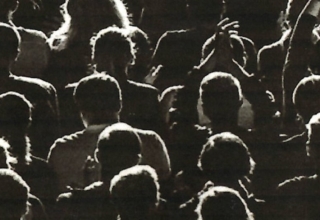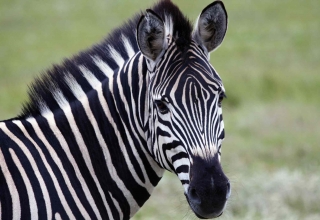
Kevin Weitz, Psy.D. and William Bergquist, Ph.D.
[Note: the content of this essay has been included in a recently published book called The Crises of Expertise and Belief. This paperback book can be purchased by clicking on this link.]
One key element of any conspiracy theory is pattern perception – an assumption about how people and events are causally connected … Understanding the world by identifying cause and effect helped our ancestors to recognize threats and opportunities, to foresee the consequences of their actions, and to strategically adjust their behavior to fit the demands of the situation. Whereas many of the patterns that people perceive are real and functional to internalize, people sometimes mistakenly perceive patterns that do not exist”. (National Institute of Health, nd1)
Humans are social beings – people have a strong natural tendency to affiliate with others and have a fundamental need to belong to social groups (Van Prooijen, 2018). This need becomes stronger when there is a perceived threat, such as Covid, terrorism or war. As this affiliation process occurs, so our brains form US/THEM dichotomies – the group we are part of and other groups we are not (Robert Sapolsky, 2017), including group differentiation based on race, gender and societal status. Sapolsky describes how quickly and tenuously people connect with and trust others into so-called in-groups and identify with (and distrust) out-groups. In-groups are considered good, and out-groups are generally considered bad and potentially dangerous.
We Are All Just Human
We would suggest that this process of differentiation might be built into the fundamental neural processes that occurs in human beings. Founded in the Amygdala, there is a wired-in ongoing assessment of that which is threatening to us. This assessment, in turn, might be reliant, in turn, on the three “semantic differential” categories identified by Osgood (1957) many years ago. Is the potentially threatening entity positively or negatively oriented toward my personal welfare (good or bad)? Second, is this entity active or passive with regard to their relationship to me? Third, is this entity relatively strong or weak in relationship to me? If group differentiation yields a “Them”” that is bad, active and strong, then this group is truly to be feared and can readily become the focus of a conspiracy. In terms used by the so-called “chaos theorists”, the Amygdala-embedded assessment of the menacing “other” can be a “strange attractor” that not only draws our attention, but also our energy, thoughts and emotions.
This process unfolds naturally and largely unconsciously to most people. Douglas and her associates (Douglas, et. al., 2016) conclude that “conspiracy theories result from the basic human tendency to categorize the world into ingroups and outgroups and from the corresponding desire to protect one’s ingroup from powerful outgroups that might be dangerous”. While this process is innate to humans, and has a survival component, it can also have major negative outcomes for both in-groups and outgroups, particularly when people’s susceptibility to conspiracy theories is manipulated by unscrupulous leaders for their own benefit. In particular, how some unscrupulous leaders undermine leaders and experts in out-groups who put forward apposing ideas.
Download Article













